Sterile processing workstations are under growing pressure to meet increasing surgical case volumes, accommodating newer and larger instruments like robotics and loaners, and adherence to stricter compliance standards. From custom table solutions to full department renovations, facilities are finding innovative ways to enhance productivity, ensure compliance, and maintain organization, often in limited footprints.
At Pure Processing, we’ve collaborated with facilities across the country to implement solutions that optimize workflows and support these critical goals. Below are success stories highlighting how departments have transformed their sterile processing workstations to overcome these challenges.
Maximizing Space in a Renovated SPD
A facility in Illinois had to tackle a common challenge in sterile processing: space constraints. While expanding their sterile processing department to include a new assembly area, they knew that simply adding space wasn’t enough. Space was a precious resource, and ensuring it was

Dr. Raynetta Stansil
utilized effectively to support workflow was just as important as adding square footage.
The facility’s Director of Sterile Processing, Dr. Raynetta Stansil, DHA, MHA, ST, CRCST, CIS, CER, CHL, SME, shared her experience equipping her team with prep and pack workstations designed to make the most of their new assembly area:
“We had a space issue, so expanded our SPD department by adding an extra assembly area. One of the challenges was making sure we were utilizing the space appropriately—ordering the right amount of items, not too much and not too little. That’s where having the correct partnerships really came in.”
Dr. Stansil emphasized the importance of thoughtful workstation design:
“I was looking for a prep and pack table that was sleek, intuitive, and easy to use; something that made the most of the space we had. What really helped was the guidance I received (from my Pure Processing rep). He was incredibly helpful in explaining all the accessories I could add to the table and where I could place them. That made a big difference for me.”
Sourcing sterile processing workstations that integrate a variety of accessories is one way departments can efficiently utilize all available space. By opening up table space and moving tools to vertical or underutilized areas, workstations like the PureSteel™ Ergonomic WorkStation help create space for packing where they wasn’t any previously available. With customizable features designed to fit specific workflows, these tables not only improve functionality in tight areas, but also support technician ergonomics and efficiency in any space—large or small.
By prioritizing space-conscious solutions, one IL SPD team maximized their space and ensured long-term success in their updated department.
From Dan Hughes’ Vision to Innovation: A Customer’s Impact on Efficiency
Every great innovation starts with a problem and someone inspired to solve it. At VA Lebanon, SPS staff were looking for ways to maximize their assembly table space without sacrificing ergonomics or compliance. Enter Dan Hughes—a creative thinker and sterile processing professional whose idea would soon transform prep and pack tables for countless others in the industry.
Dan saw an opportunity to address a common challenge. Heat sealers often take up valuable tabletop space and can be awkward to work around. Recognizing the potential for improvement, he designed a solution that was as practical as it was innovative—the Hughes Seal & Stow Heat Sealer Shelf. This custom, foldable shelf provided a designated space for the heat sealer while keeping the primary workspace clear. It allowed technicians to work more comfortably, efficiently, and with less clutter, improving workflow without compromising ergonomics.
“There is less running around the department [with the addition of the heat sealer shelf]. It definitely eases some frustrations. The heat sealer has made a significant impact—streamlining motion management and keeping technicians at their stations longer, ultimately improving productivity. It’s been a fantastic product.” – Dan Hughes, BBA,NREMT,CRCST,CIS,CER,CHL
Compliance through Quality & Design
In the heart of downtown Chicago, one facility grappled with outdated, porous sterile processing workstations that raised serious compliance and hygiene concerns. The fixed-height design of these stations not only limited technician comfort but also failed to align with ANSI/AAMI ST79 3.3.6.2 standards, which specify that workstations must be constructed from nonporous materials like stainless steel and preferably height-adjustable.1
Seeking a comprehensive solution, the facility turned to PureSteel™ Ergonomic Workstations, custom-designed to navigate the building’s compact elevators while offering stainless steel durability and height adjustability to meet both infection prevention and ergonomic compliance requirements.

Once installed, the impact was transformative. The new workstations replaced the fixed-
height, porous tables with non-porous, highly durable stainless steel surfaces that enhanced safety and cleanliness. Finally, technicians could work comfortably and maintain proper posture throughout their shifts. To further streamline operations, integrated blue bins and light hood shelves optimized storage and organization, keeping tools and materials within easy reach, reducing clutter, and boosting efficiency.
Today, the facility’s prep and pack area stands as a model of compliance, durability and functionality. Designated zones for blue wrap, improved storage solutions, and ergonomic enhancements combine to support staff well-being and productivity. The reimagined workspace delivers clean, safe, and compliant operations that technicians rely on with confidence every day.
Innovative Storage Solutions
Solvita is a facility dedicated to transforming donor gifts into life-changing solutions. With meticulous care and precision, they process donated bone, tissue, and skin from deceased donors into grafts and products that save and improve the lives of millions. This important work relies on specialized custom surgical instrumentation, some of which weigh up to 30 pounds, and more. Handling these custom instruments with the utmost care is essential to ensure the safe retrieval and processing of donor gifts, honoring the lives of donors and recipients.
However, the weight and design of these instruments caused significant wear and damage to their workstations. These large, custom shaped instruments required substantial amounts of blue wrap, making adequate storage space critical to maintaining an efficient and organized workspace. The weight of the instruments may have also lead to the frequent damage on height-adjustable lifters, which were breaking often.
When Solvita sought to upgrade their workstations to better handle these challenges, they prioritized functionality, durability, and storage.
To create a solution tailored to their needs, the SPD team collaborated on designing their ideal setup using a 3D workstation builder tool. A key development was a double shelf to maximize storage capacity for blue wrap, optimizing space for their growing workload.

Custom workstations featuring double bottom shelves were installed, along with enhancements like blue bins for efficient organization, a small light hood shelf, and UV blacklight functionality. These advanced features help staff thoroughly inspect surgical instruments for bone fragments, ensuring compliance with stringent cleaning standards and maintaining the integrity of donor gifts.
The upgraded workstations have transformed the facility’s operations with improved materials, enhanced storage, and optimized organization. Unique needs were not only powerful for staff and operations, but for honoring the integrity of delicate and rare donor gifts.
Sterile processing departments face diverse challenges—from limited space and outdated equipment to increasing demands for compliance and efficiency. Collaboration, innovative design, and customized solutions can overcome these obstacles and transform workspaces. Finding a vendor that operates as a partner to design, not just a Catalog of options, is the magic spark that solved each unique assembly challenge.
Looking to write your own prep and pack success story? Contact Pure Processing to see how we can help improve your department’s productivity and organization!
Sources:
- ANSI/AAMI ST79 3.3.6.2
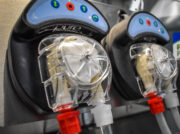
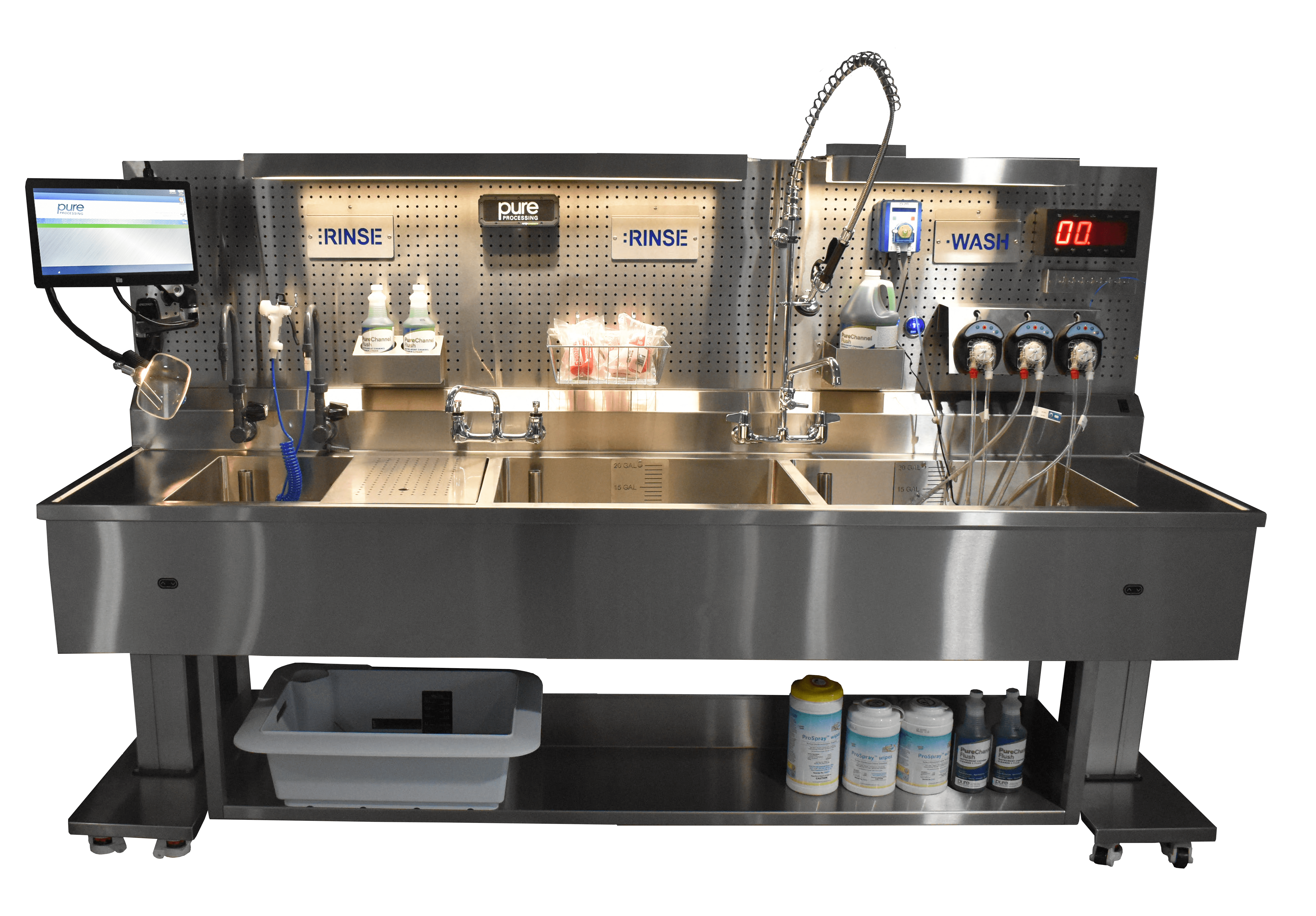
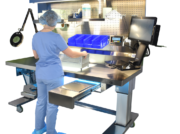
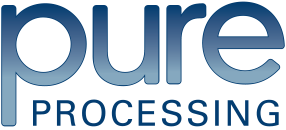


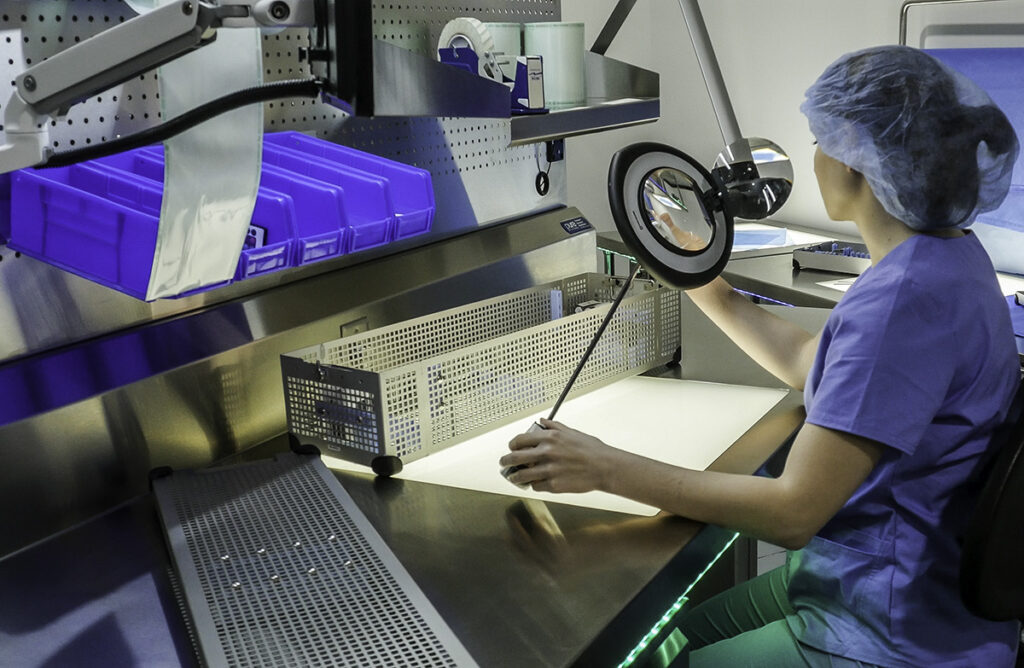




 anyone in the hospital to try out:
anyone in the hospital to try out:




 for increased quality assurance. They can be excellent gauges to ensure processes are hitting certain standards. Departments should however be careful to consider how these additive processes integrate into existing workflows.
for increased quality assurance. They can be excellent gauges to ensure processes are hitting certain standards. Departments should however be careful to consider how these additive processes integrate into existing workflows.












